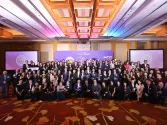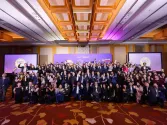
Strategic brand & design: A smart prescription to drive growth in healthcare
By Ronita MukerjeeAs global brands navigate diverse markets, it becomes deeply important to design for cultural nuances.
COVID was an inflection point for global health. A major shift we observed was consumer agency in their health decisions.
Good health is not just an outcome; it is an active and ongoing pursuit. Empowered by information and digital access, consumers expect holistic, personalised and preventive healthcare.
But in the Asia-Pacific (APAC) region, this pursuit comes with many challenges, such as limited access, stigma around mental health, shortage of qualified health care professionals, and uneven digital adoption.
As healthcare brands ramp up their research and development (R&D) capabilities to adapt to new technology, shifting business models and regulatory changes; they must ask themselves first– “Are we truly leveraging all our business assets to create value?”
One of the most overlooked assets is brand.
Traditionally, healthcare has prioritised efficacy, compliance, and safety. They are essential, but not differentiating.
Brands, when strategically leveraged through design and experience, can become a unifying force connecting R&D, culture, customer experience, and business ambition.
We have already seen the power of a brand-led approach.
For example, GE Healthcare has evolved into a brand and design-driven company with emphasis on design thinking which led to the development of Adventure Series Radiology solutions, resulting in improved patient experience, operational efficiency, and reduced costs. If something as clinical as an MRI scan can be transformed through brand-led innovation, what other overlooked moments in healthcare can become opportunities for reinvention and impact?
Cleveland Clinic’s physical spaces are designed to decrease patient anxiety through minimalist architecture, intuitive navigation, and natural light. Hallways and waiting rooms can ease patient anxiety, so why not design every step of the patient journey with intent and care?
Meanwhile, Arogya designed a pictogram-based medicine packaging for the rural, low literacy population in India. Small but meaningful design shifts can drive large scale impact in adherence and chronic disease care.
Over 1 billion people worldwide experience some form of disability. How can we leverage colour, visual brand language, form, and verbal identity to make our products more inclusive?
Lastly, Johnson & Johnson has leveraged design thinking and cultural insights to overcome the mental health crisis in Asia. By adopting a mobile-first approach and creating a narrative around “wellbeing” and “resilience” instead of using clinical language, they have been able to lower stigma and encourage early engagement.
As global brands navigate diverse markets, it becomes deeply important to design for cultural nuances. These examples show that strategic brand and design are not cosmetic, but are powerful levers for business transformation that will drive growth.
In a region as diverse as APAC, the opportunity is to reimagine healthcare not just through innovation in science and technology, but through the lens of brand to elevate healthcare from functional to transformative.

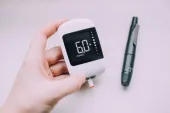

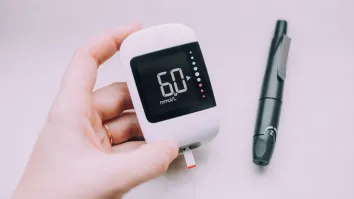

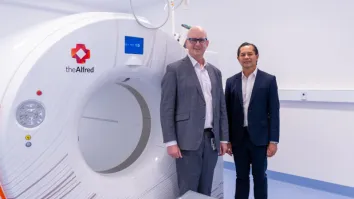
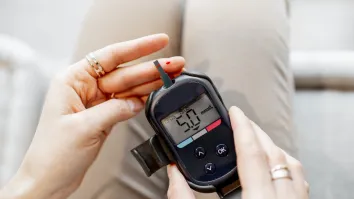




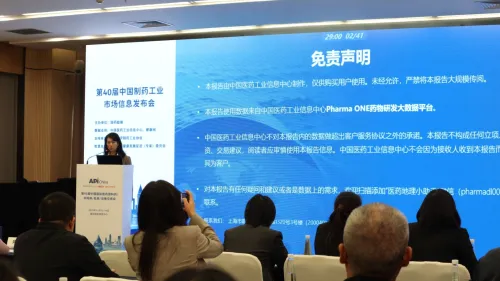
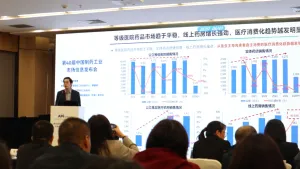
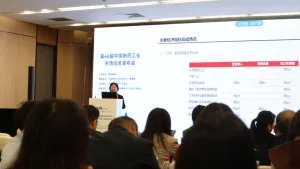




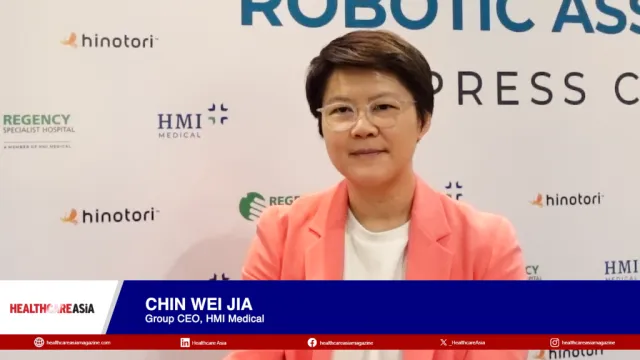
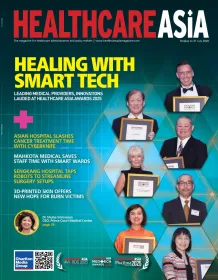
 Advertise
Advertise





